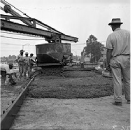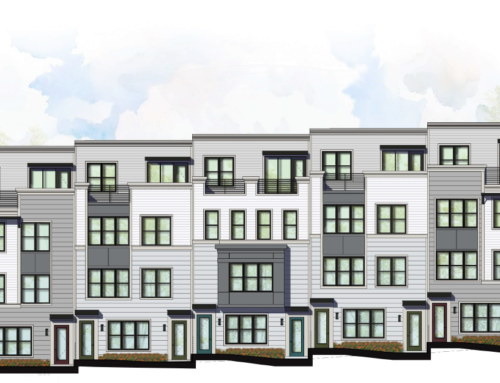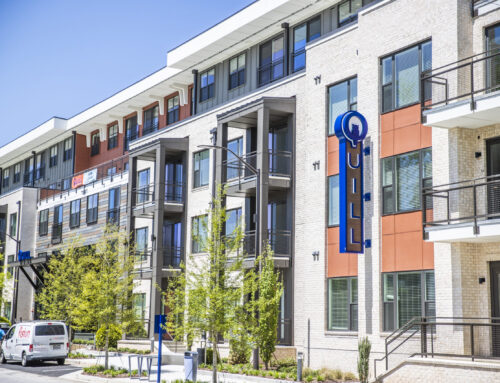 Before we discuss some of the main areas to be considered when engaging a Construction Manager, let’s review how the American Institute of Architects (AIA) defines two different approaches to construction management.
Before we discuss some of the main areas to be considered when engaging a Construction Manager, let’s review how the American Institute of Architects (AIA) defines two different approaches to construction management.
The Construction Manager as Adviser (CMa) approach enhances the level of expertise applied to managing a project from start to finish. In its purest form, this approach preserves the CMa’s independent judgment, keeping that individual from being influenced by any monetary interest in the actual labor and materials incorporated in the construction work.
Under the Construction Manager as Constructor (CMc) approach, the functions of contractor and construction manager are merged and assigned to one entity that may or may not give a guaranteed maximum price, but which typically assumes control over the construction work by direct contracts with the subcontractors.
As you probably have garnered from the two approaches above, the owner should identify which method of agency is desired first. Both have their positives and negatives based upon the owner’s specific project requirements. It is highly possible that a large client with multiple projects underway simultaneously may choose the CMa approach on one project and the CMc approach on another.
Regardless of the approach; the owner, who typically has the lion’s share of financial risk, should investigate the track record of a CM, at a minimum, in the following areas:
Budget: Adhering to a prescribed budget is key in managing any project. Unforeseen conditions and “acts of God” withstanding, a prudent CM will provide analysis, and recommendations of the satisfaction of the budget at various stages of the project. In addition, a CM should closely analyze the various contingency accounts and reallocate the same at various major milestones, i.e. sitework completion, structure “dry-in”, etc.
Schedule: In many time sensitive projects, the schedule can be even more important than the budget based on contractual obligations tied to specific dates. A prudent CM will drive the team to meeting the schedule and should inform the owner continuously of its expected finish date versus contractor projections and contract provisions. One should be aware that there is a whole industry of firms that specialize in preparing forensic analysis of projects that “missed” their contractual finish dates. The size of the industry has increased in direct proportion to the complexity of projects being conceived and the increase in financial penalties.
Risk Management: Many of the most effective techniques to reduce risk for the owner are put in place before the construction contract is signed. At LDG Consulting, we encourage all owners to engage an independent professional that will assist in obtaining various insurance products, provide peer review of the construction documents with identification of completeness relative to the project delivery method, interest rate risk analysis, as well as project schedule and liquidated damages analysis as they relate to financial exposure.
Change Order Management: Most owners view “change orders” as a nasty term that should be banished from the English language. However, they fail to realize that many of the decisions they make early on can either contribute to or reduce the amount of change orders a particular project may have. One of the many roles of a CM is to effectively manage change orders within the context of the project delivery method and the contractual arrangements with both designers and contractors. Aligning incentives and owner goals during both design and construction contract formation will help to greatly decrease the dreaded change order.
Solutions Oriented Collaboration: As a vital team member, the CM should be an owner’s chief collaborator. Successful CMs are able to work with not only the design team, but the contractor and subcontractors to find an expedient and cost effective solution to a given problem once construction has begun. As we all know, time is money. Delays during construction seem to destroy both at alarming rates.
In closing, as time pressures and financial risks increase, owners are looking more to CMs to help them navigate the complex world of commercial construction. An owner’s best ally before and during construction should be prudent in protecting the owner’s interests in various areas, not the least of which are budget, schedule and risk management.
Sources:
AIA Document Synopses By Family




![How Churches Can Smartly Monetize Their Assets to Benefit Their Community [ Legacy at Vine City Project Update ]](https://www.ldgconsulting.com/wp-content/uploads/2019/10/Pic-1-drone-shot-500x383.jpg)
Leave A Comment
You must be logged in to post a comment.